If you’re planning a road trip through Italy, it’s essential to familiarise yourself with the country’s road signs and markings before setting off. Understanding key road signs and markings will increase your confidence behind the wheel, making for a safer and more enjoyable driving experience in Italy.
Italian traffic signs follow European standards, meaning their shapes, colours, and meanings are largely universal. Here’s what you need to know:
- Red and white triangular signs are warning signs alerting you to potential hazards, such as sharp bends, pedestrian crossings, or roadworks.
- Red and white circular signs indicate legal requirements for a specific section of road, such as speed limits or no entry. Drivers must follow these rules.
- Blue and white circular signs are mandatory instruction signs that inform you of actions you are required to take, such as turning left or using snow chains.
- Square or rectangular signs provide general information about the road ahead. They might indicate highway directions, offer tourist information, or highlight nearby services.
Essential Italian Road Signs
Speed Limit
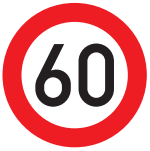
The speed limit sign is easily identifiable as it is the same throughout Europe. Don’t forget though that the number displayed refers to kilometres per hour (km/h).
Minimum Speed Limit
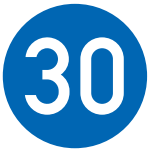
The minimum speed limit sign should also look familiar. The sign is telling you to maintain the minimum speed at all times where signposted. If your vehicle is not capable of driving at this speed then you will need to find an alternative route.
Yield/Give Way
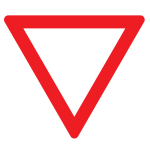
An upside-down red triangle with a white centre informs you to give way to oncoming or crossing traffic.
Stop
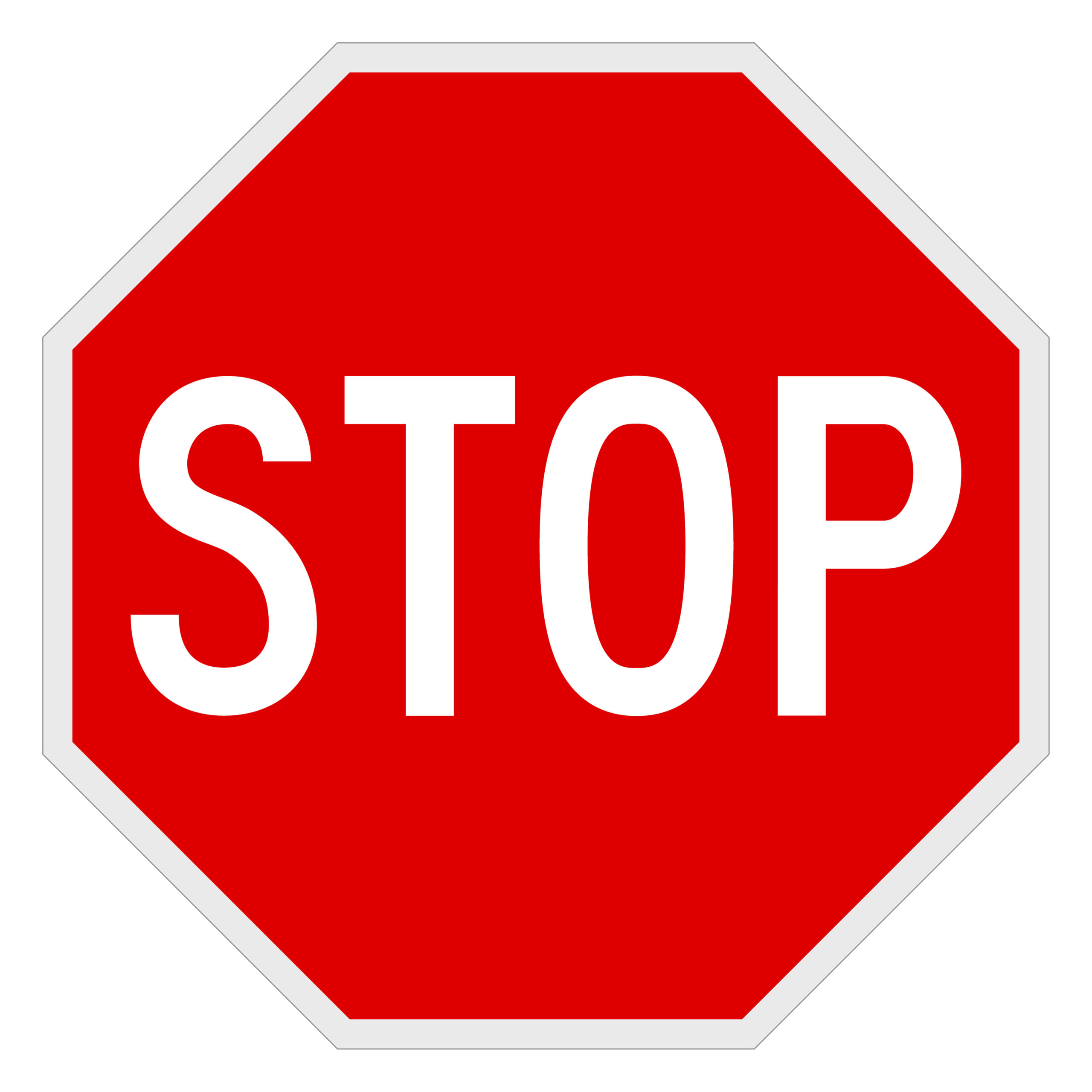
Italy uses the English ‘stop’ to signal where you need to stop. You might come across some older signs where ‘stop’ appears inside a red triangle, rather than an octagon.
Roundabout Ahead
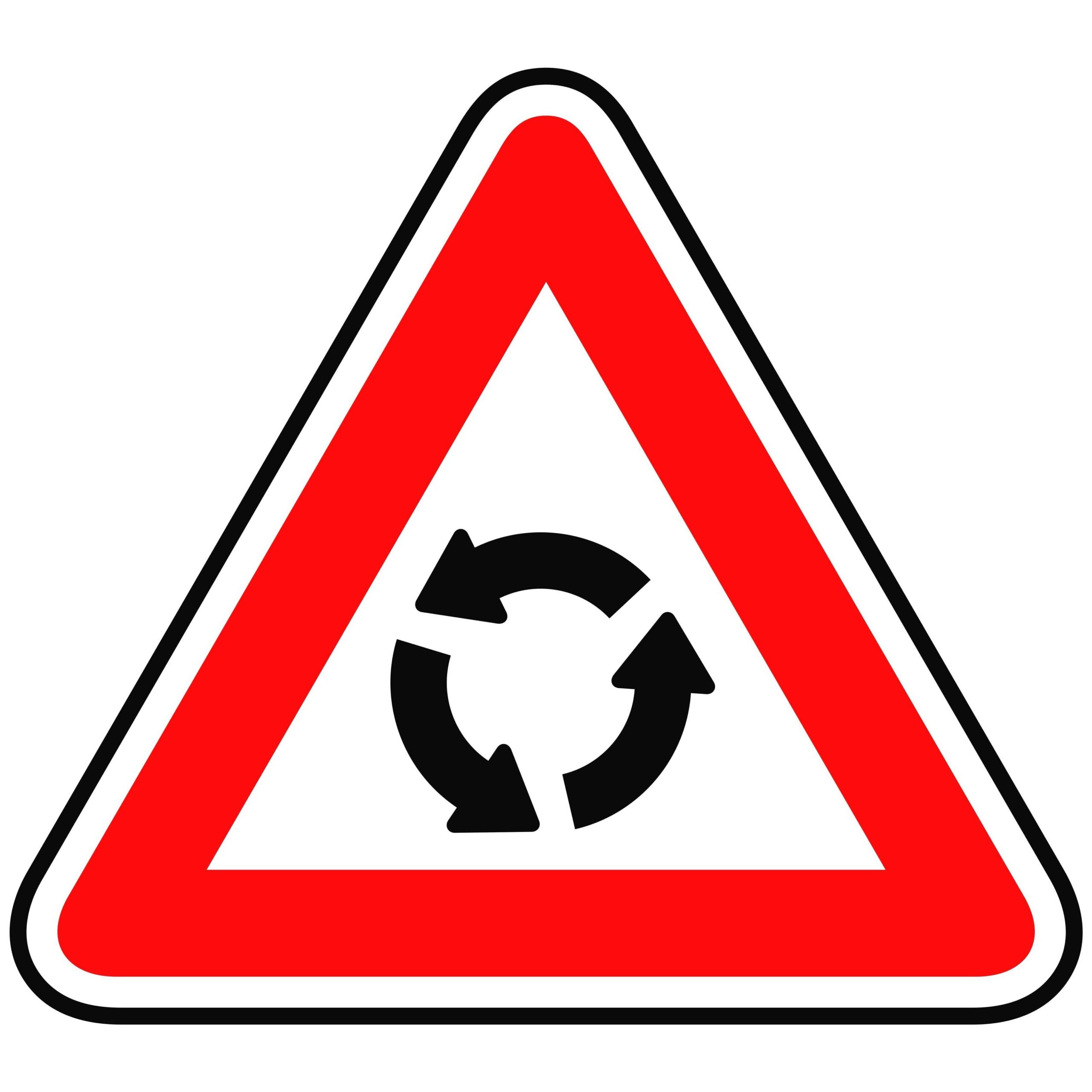
This sign is straightforward – it indicates an upcoming roundabout. The arrows point counterclockwise, as traffic in Italy drives on the right.
General Warning
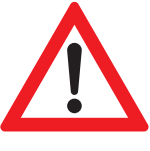
This sign indicates cars are prohibited, so it’s important to stay alert. This warning sign may be accompanied by another sign explaining the specific road restriction, although the information will likely be in Italian.
Minimum Following Distance
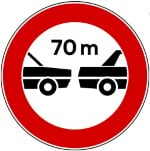
This sign indicates the minimum distance, in meters, that vehicles must maintain between each other.
No Vehicles with Four or More Wheels
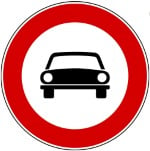
This appears at entrances to roads where cars are not allowed. If you come across this sign you will need to find an alternative route.
Max Height and Max Width
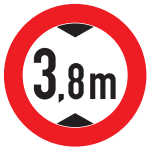
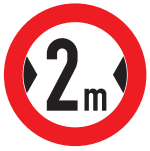
Otherwise known as ‘vertical clearance’ and ‘horizontal clearance’, these signs are similar throughout Europe. The measurements are given in metres.
Restricted Vehicular Traffic Zone
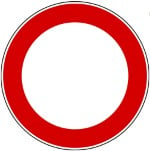
You might see this sign in major cities in Italy. It refers to ‘Zonas Trafficio Limitato’ (ZTL, limited traffic zones). Sometimes they are blank and sometimes they specify certain vehicles, such as buses, motorcycles or even cars are prohibited from using a ZTL.
No Parking/No Stopping
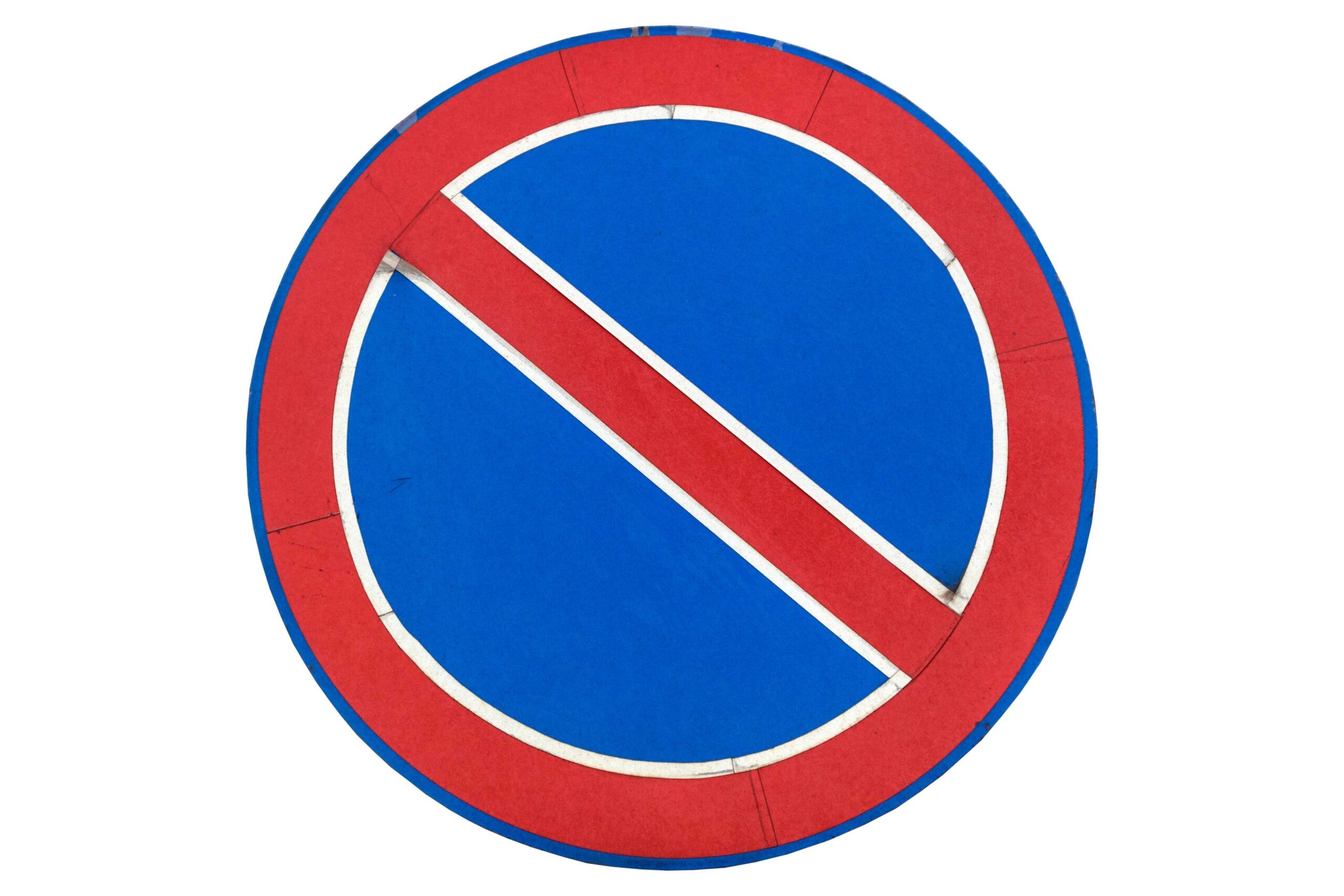
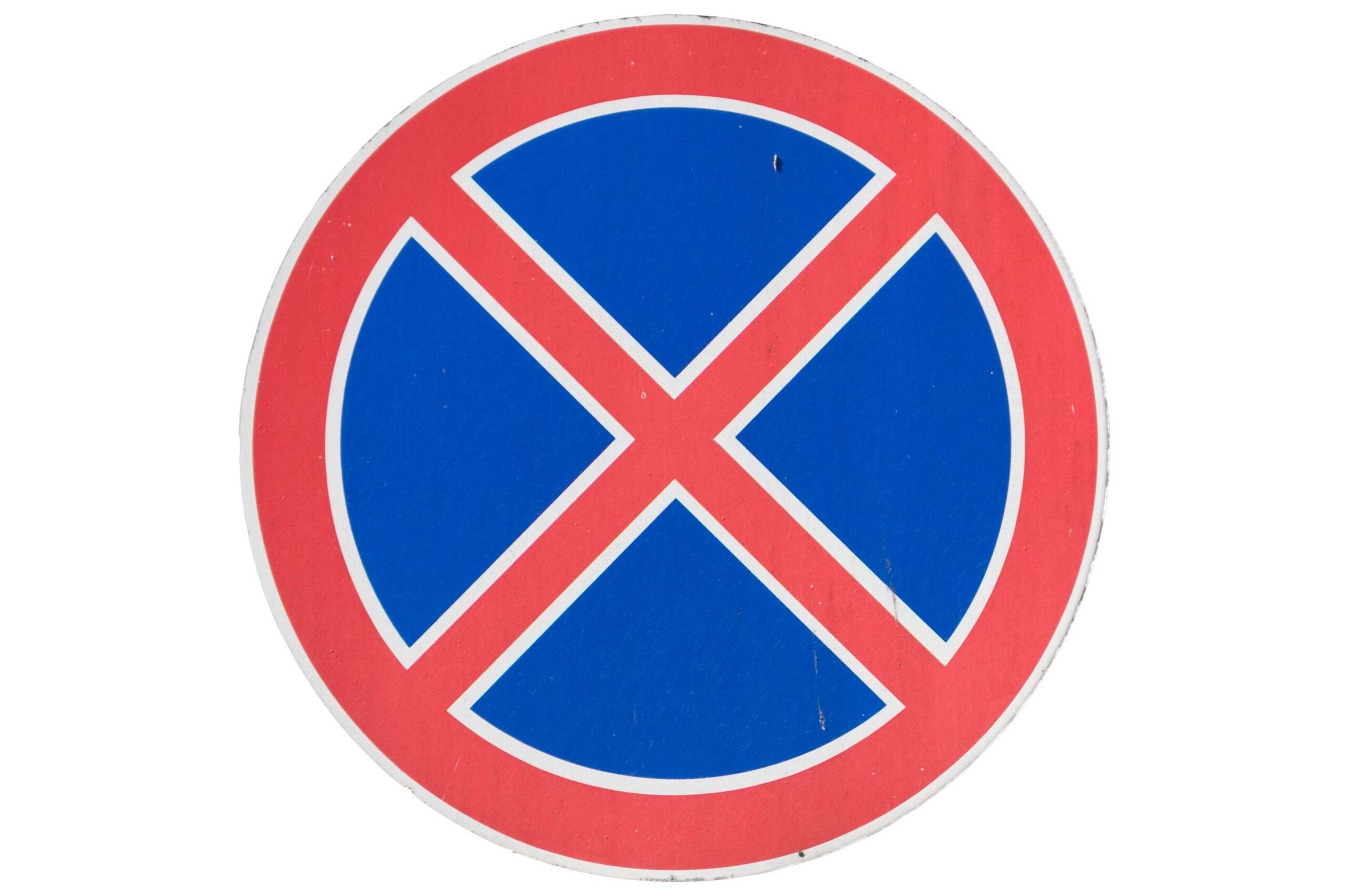
A circular sign with a single diagonal line indicates ‘no parking’, while a sign with two diagonal lines indicates ‘no stopping’.
Both signs apply to the side of the road where they are displayed.
Priority Road Starts/Ends

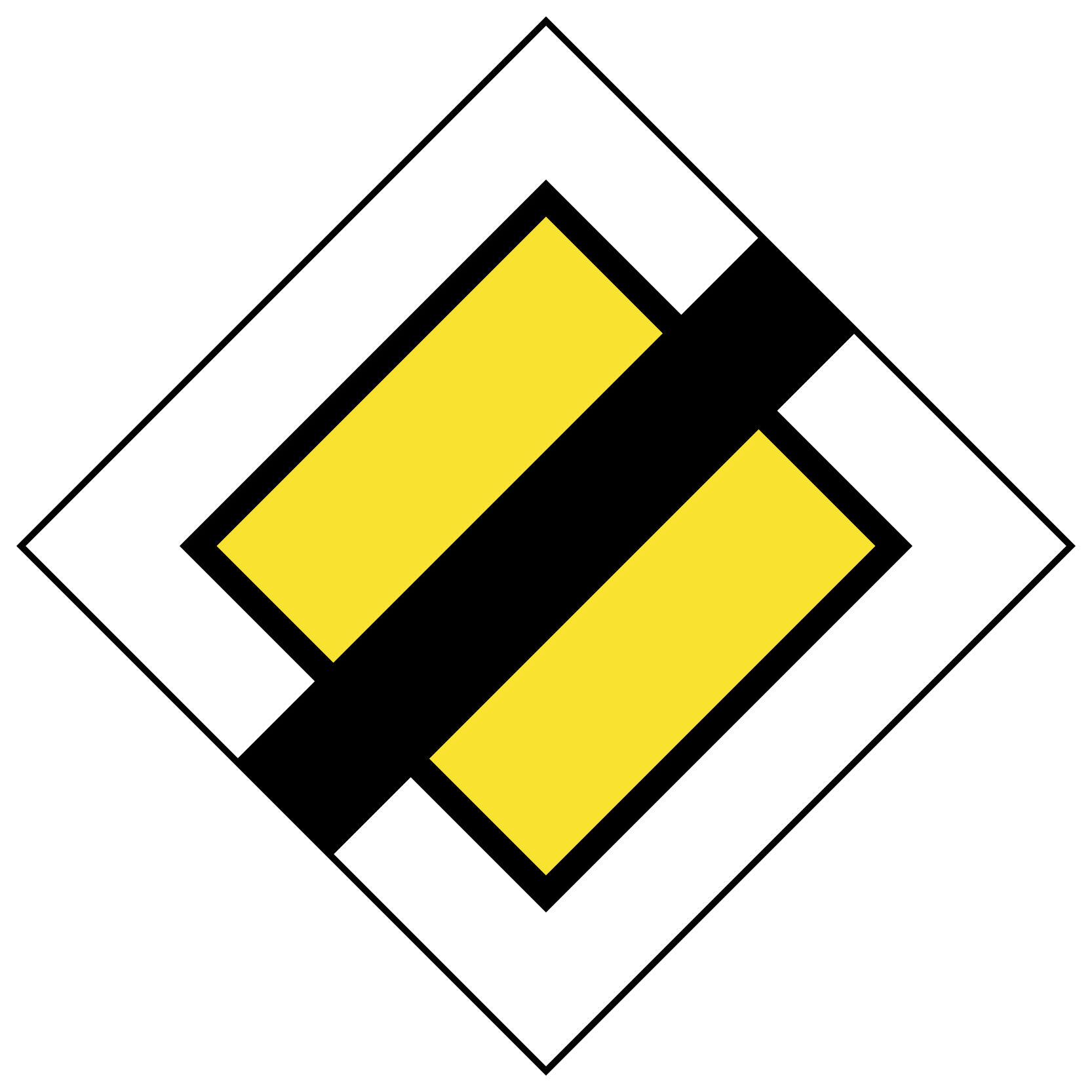
This yellow diamond with a white border indicates the start of a ‘priority road’, meaning you have the right of way until the priority road ends.
The ‘end of priority road’ sign is the same yellow diamond with a white border but includes a black diagonal line to signal usual right-of-way rules resume.
Crossroads with Priority from Right

A black cross within a red triangle signals that at the upcoming crossroads, vehicles coming from the right have priority. Often referred to as an uncontrolled crossroad, this sign advises you to reduce your speed and remain extra cautious of cars approaching from the right.
Direction of Main Road
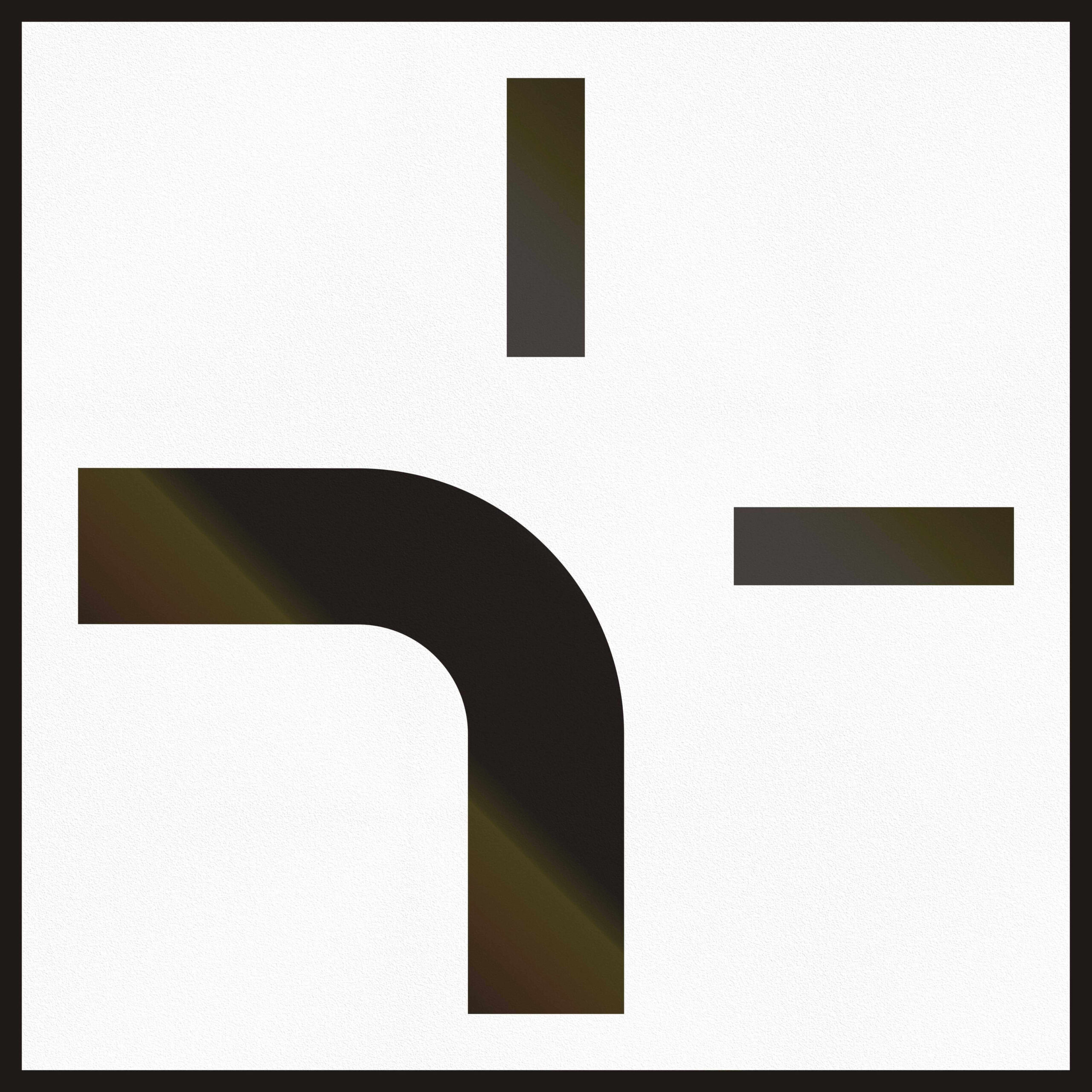
This sign shows the direction of the road ahead. The thicker line represents the main road. Smaller roads may appear to continue straight but you must use your indicators to exit the main road and enter them.
Customs, Police Roadblock and Tolls

Signs instructing drivers to stop for customs checks, police roadblocks, and toll payments look very similar, so you must pay attention to the wording. ‘Dogana’ indicates a customs checkpoint. ‘Alt Stazione’ is used for toll stations. ‘Polizia’ appears before police roadblocks.
When approaching these signs, stop your vehicle at the designated road markings or as directed by a police officer or customs official before waiting for further instructions.
Italian Road Markings
Italian road markings are also similar to those found across Europe, but it’s always a good idea to brush up on what they mean before driving.
- Solid continuous white line: Marks the edge of the road or separates lanes. Crossing the line is not permitted unless it is an emergency.
- Broken white line: Separates lanes of traffic moving in the same direction. You are able to change lanes when it is safe.
- Solid yellow lines: Temporary lanes or restrictions due to roadworks. Always follow posted speed limits and instructions.
- Zigzag yellow lines: Found near toll booths or service areas, indicating lanes where vehicles must slow down and prepare to stop.
- Blue road signs and lane markings: Used to indicate motorway-specific information such as rest areas (aree di servizio), emergency lanes and toll payment lanes.
Please pay attention to road markings that designate lanes for specific vehicles, such as bicycles, buses, and emergency vehicles – driving in restricted lanes can lead to you receiving a fine.
Stay alert, follow road signs and markings, and drive responsibly and you will easily avoid fines. For added peace of mind and a smoother driving experience in Italy, consider car hire rental insurance and you will be covered for any unexpected situation.


Comments are closed